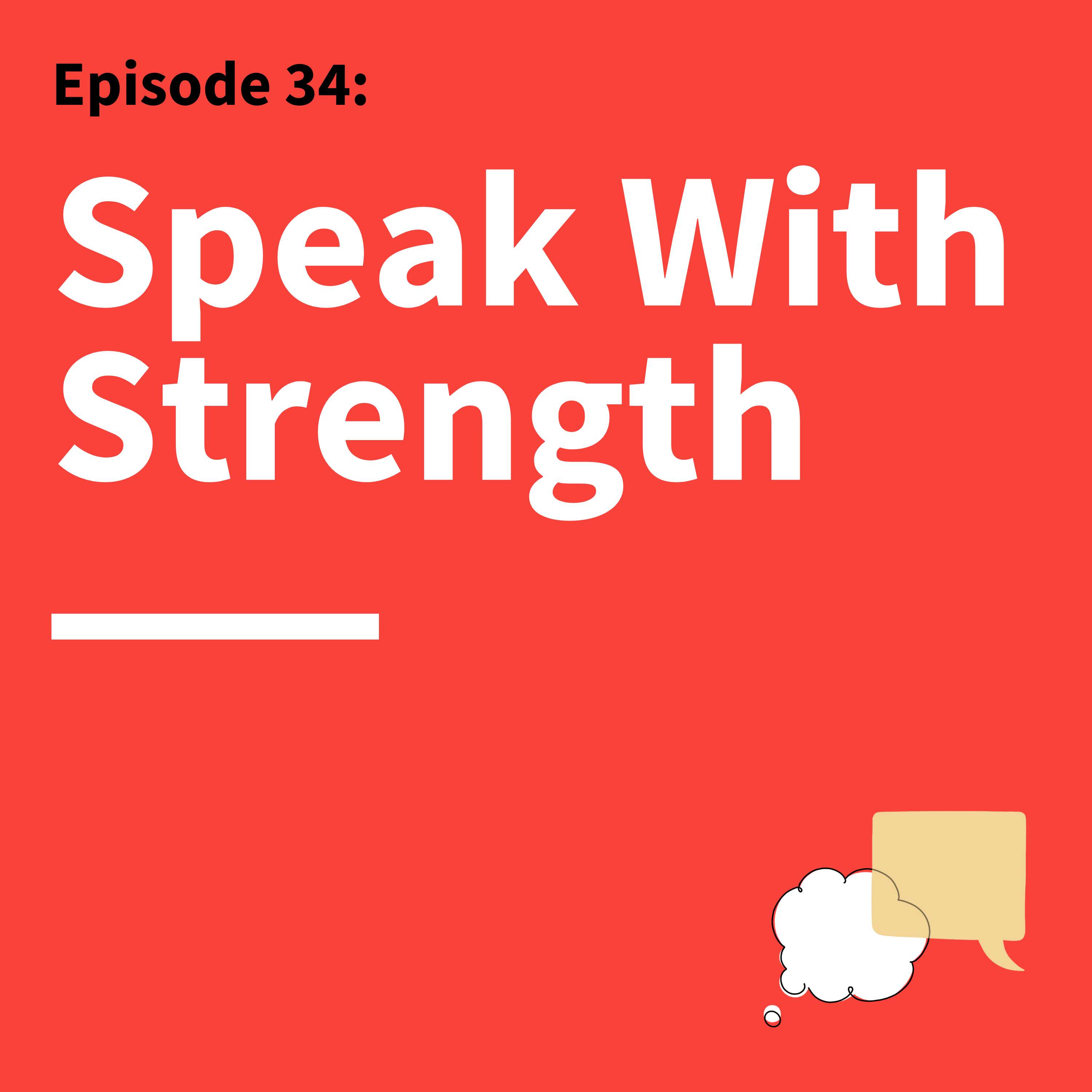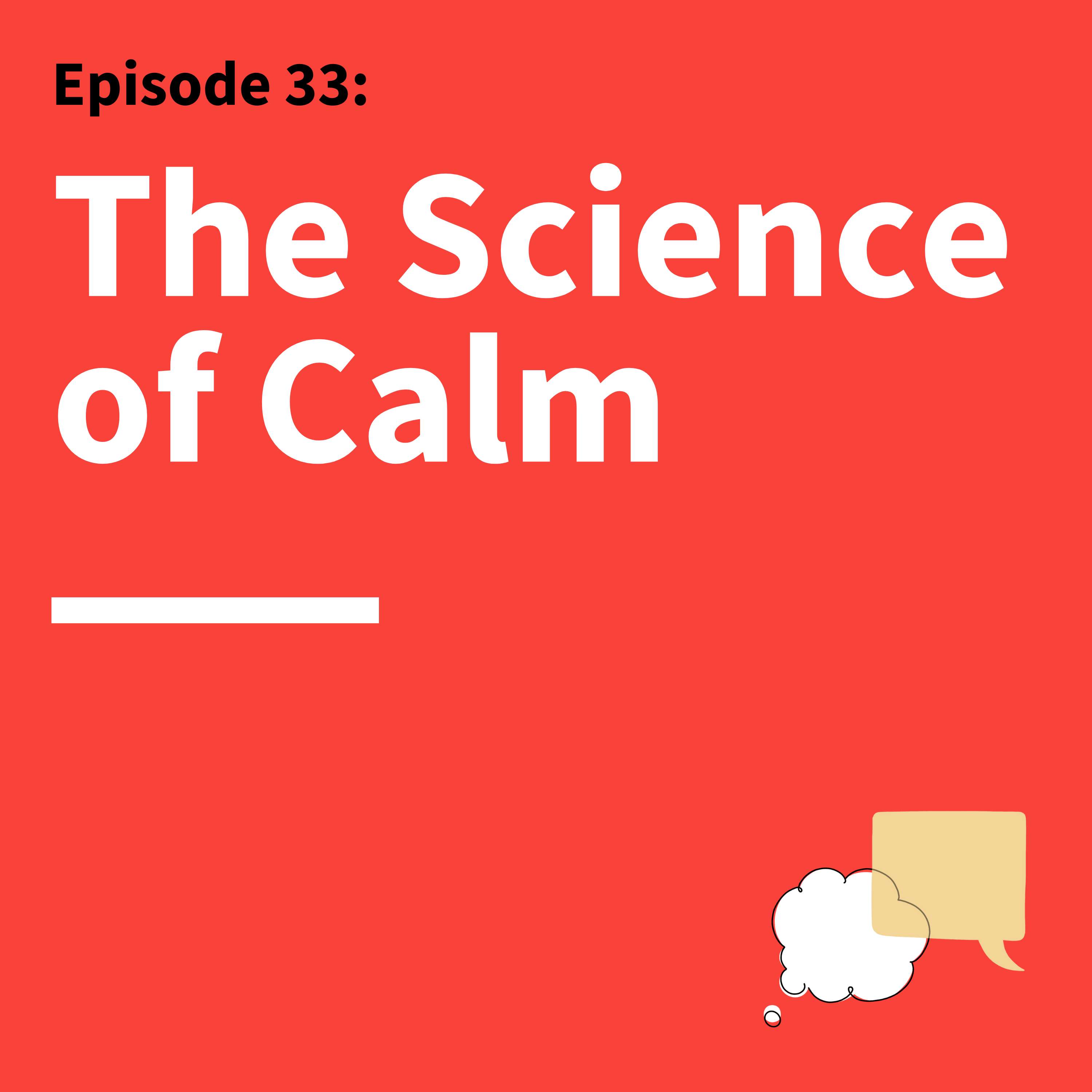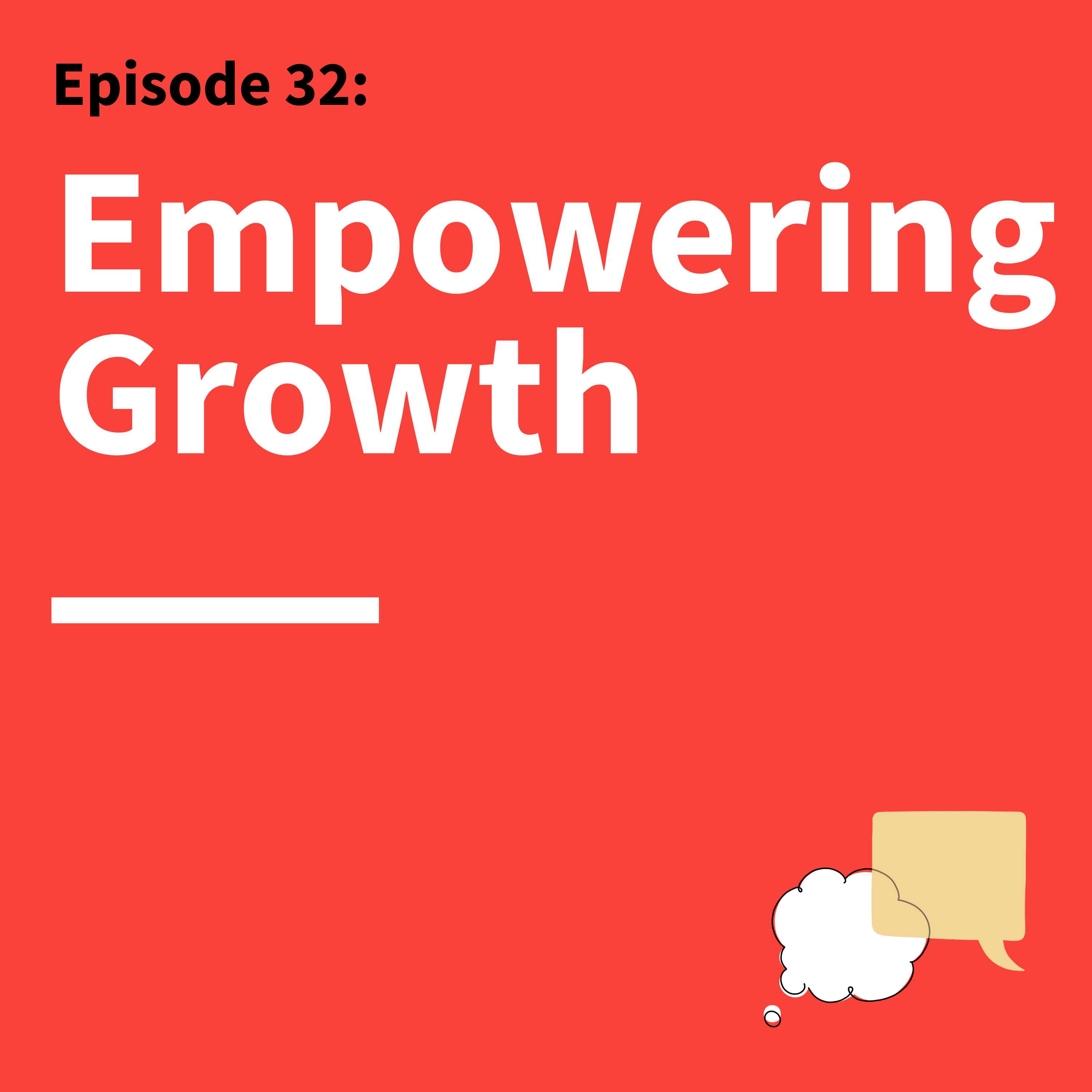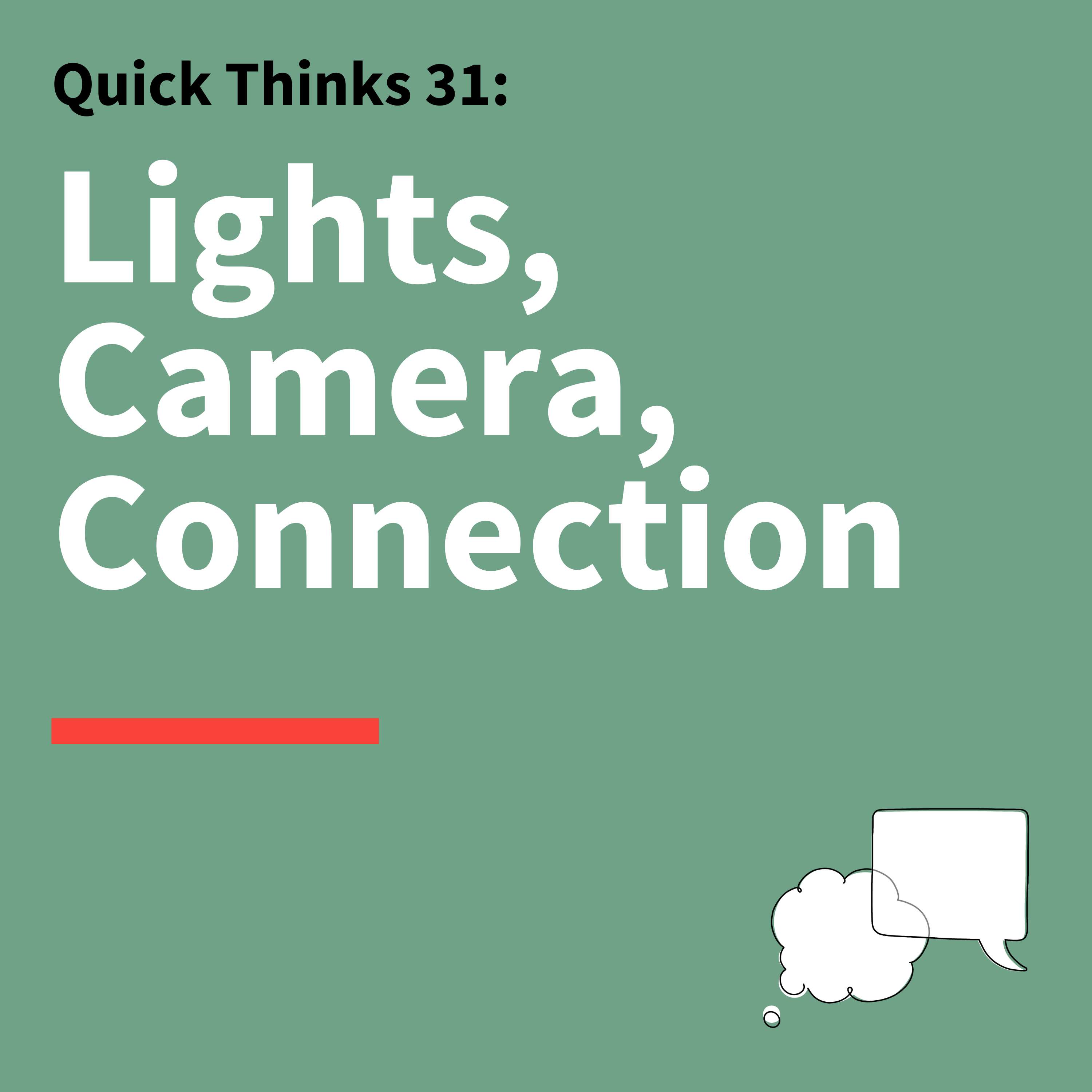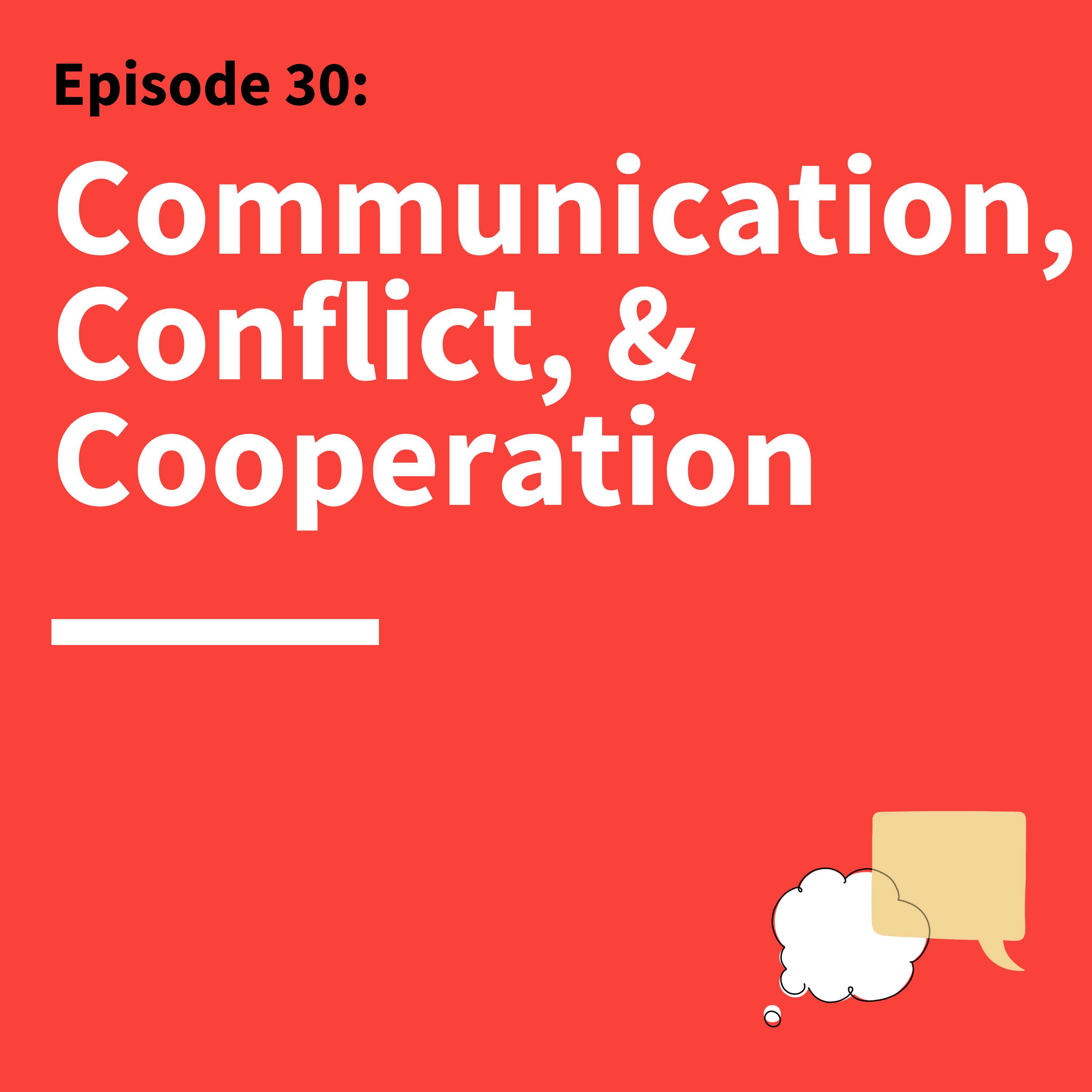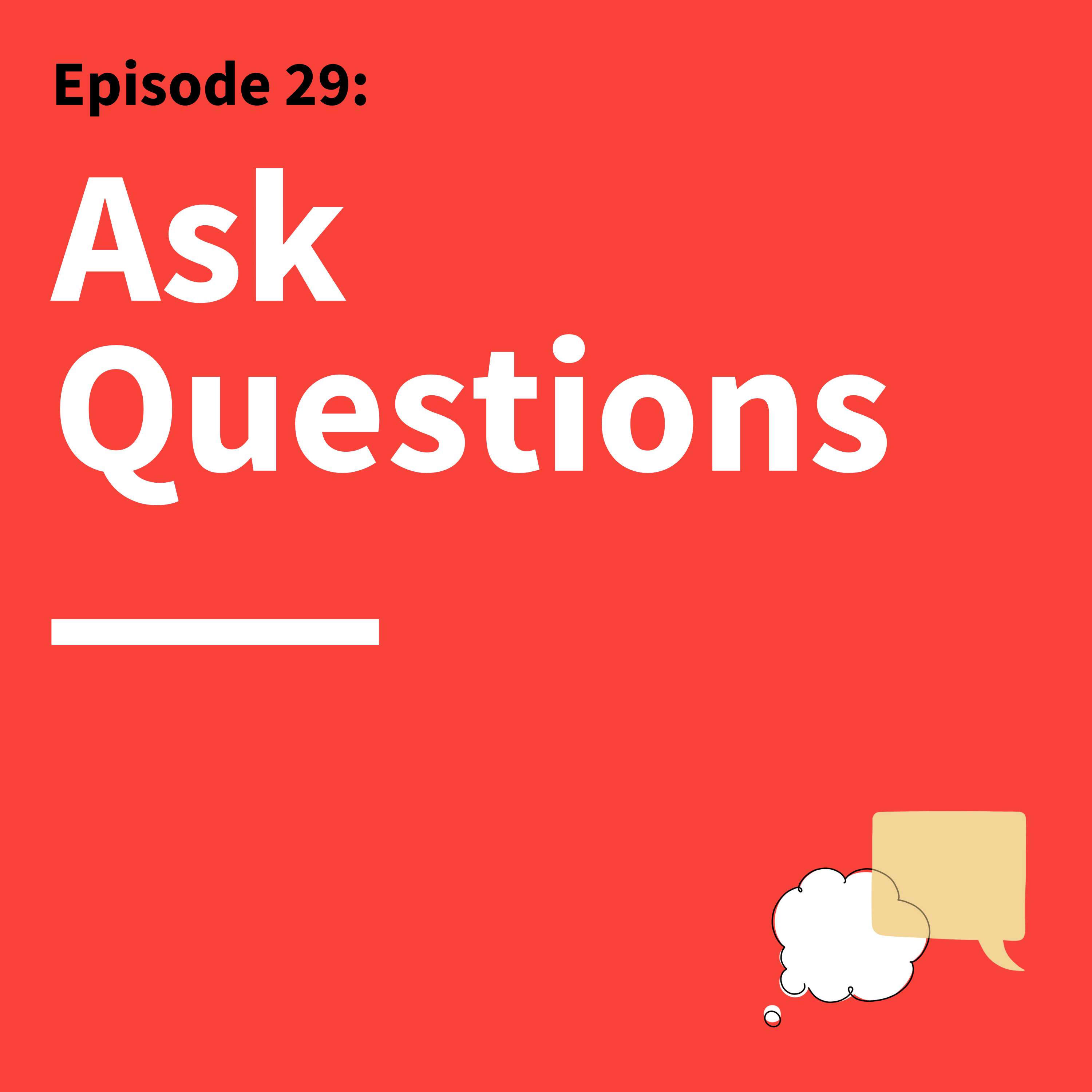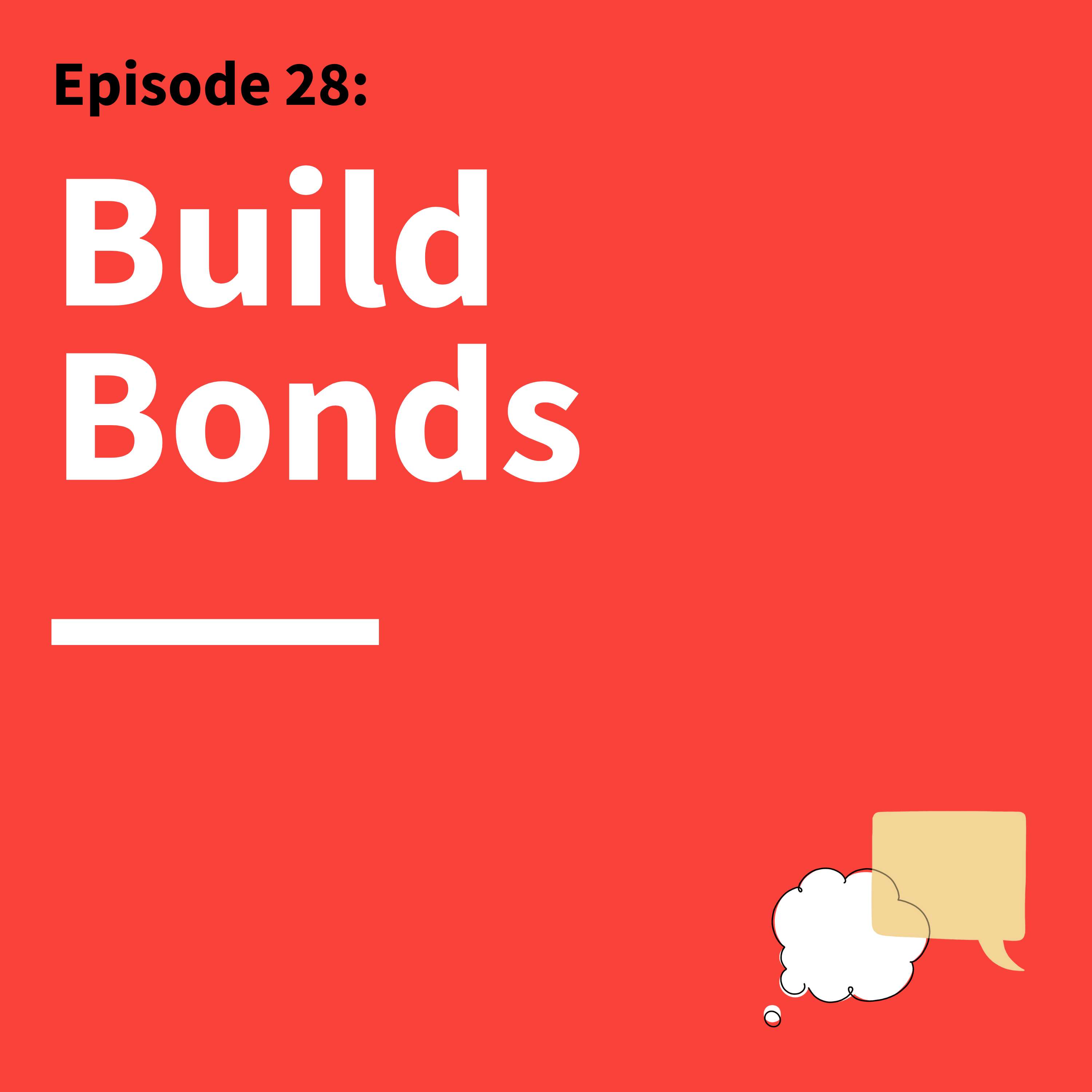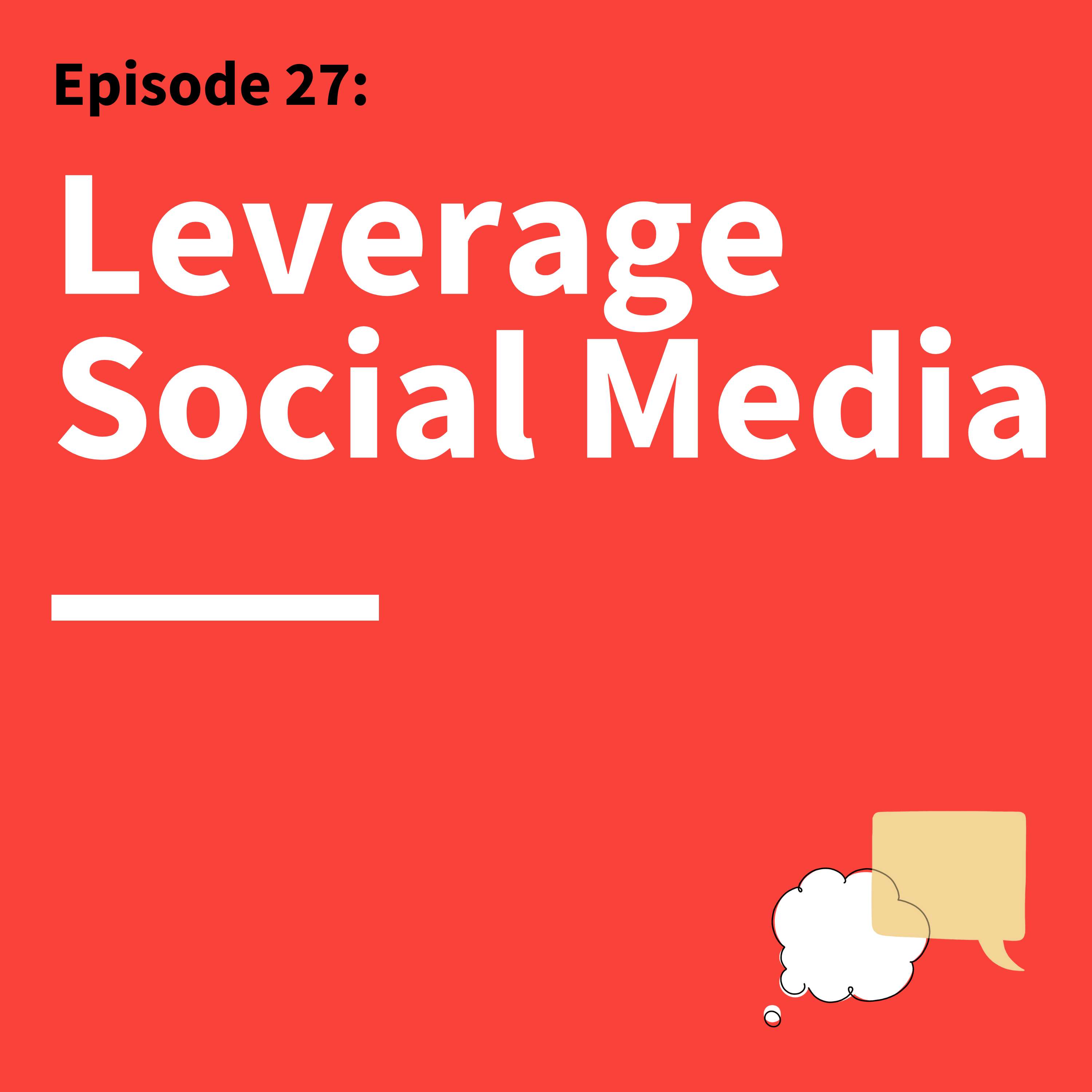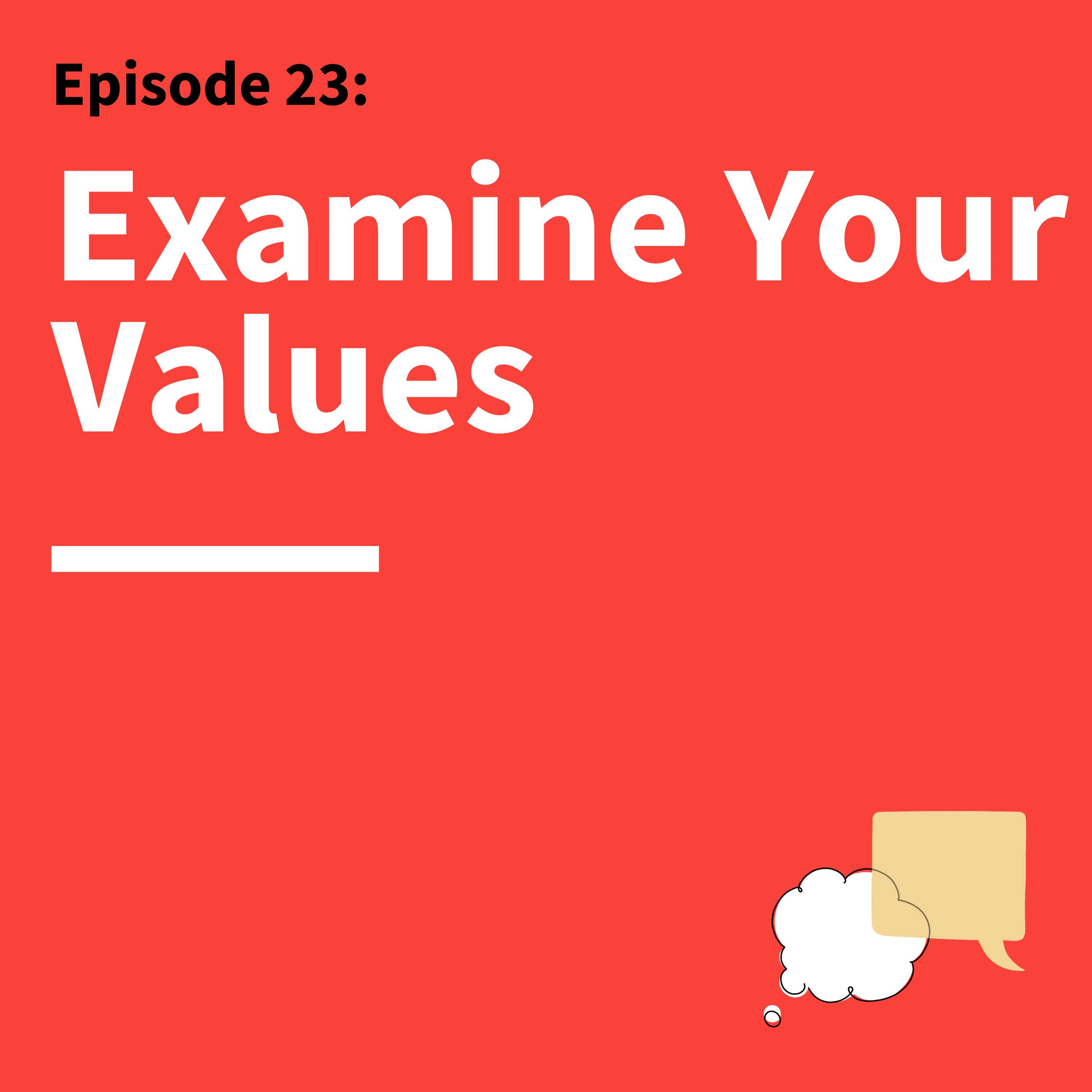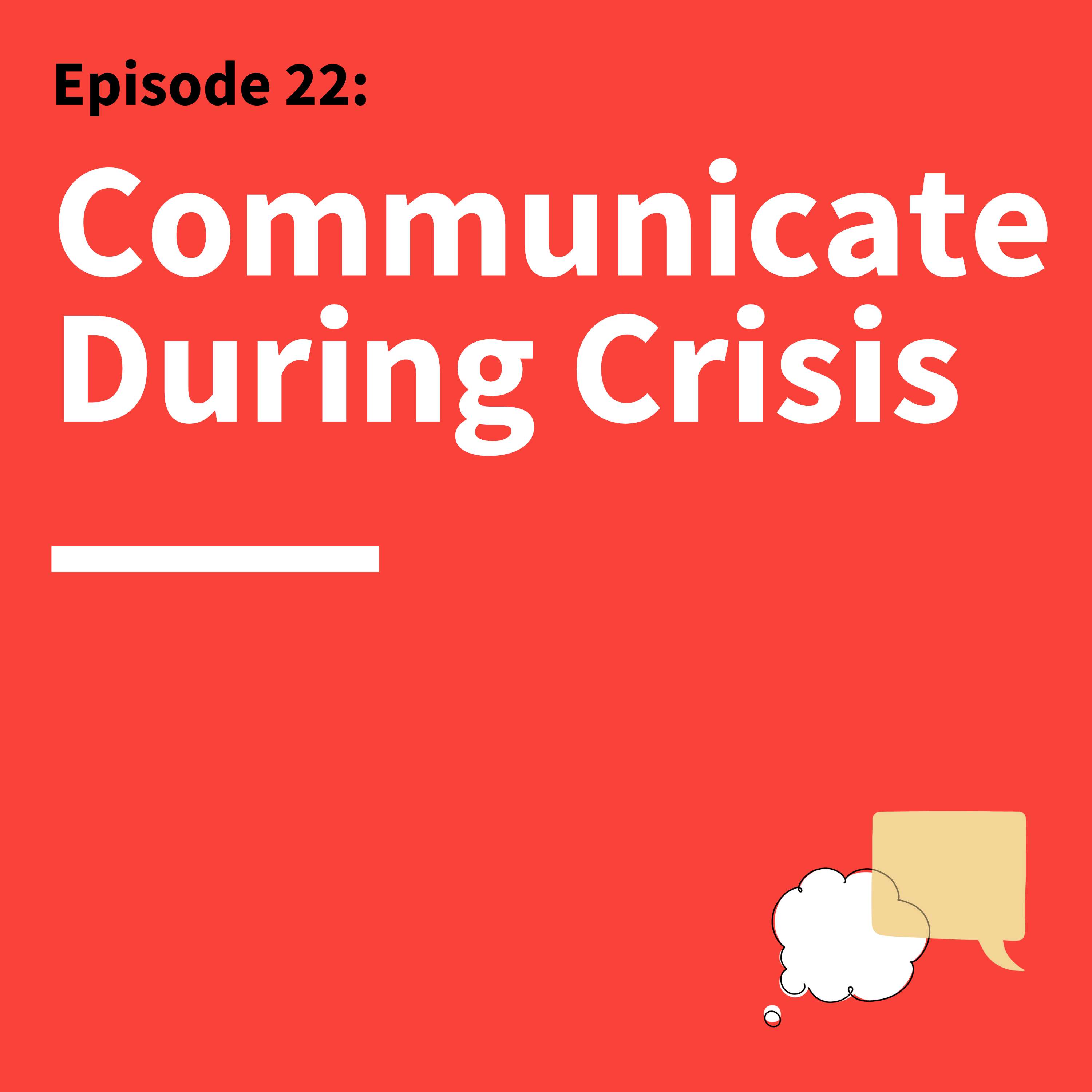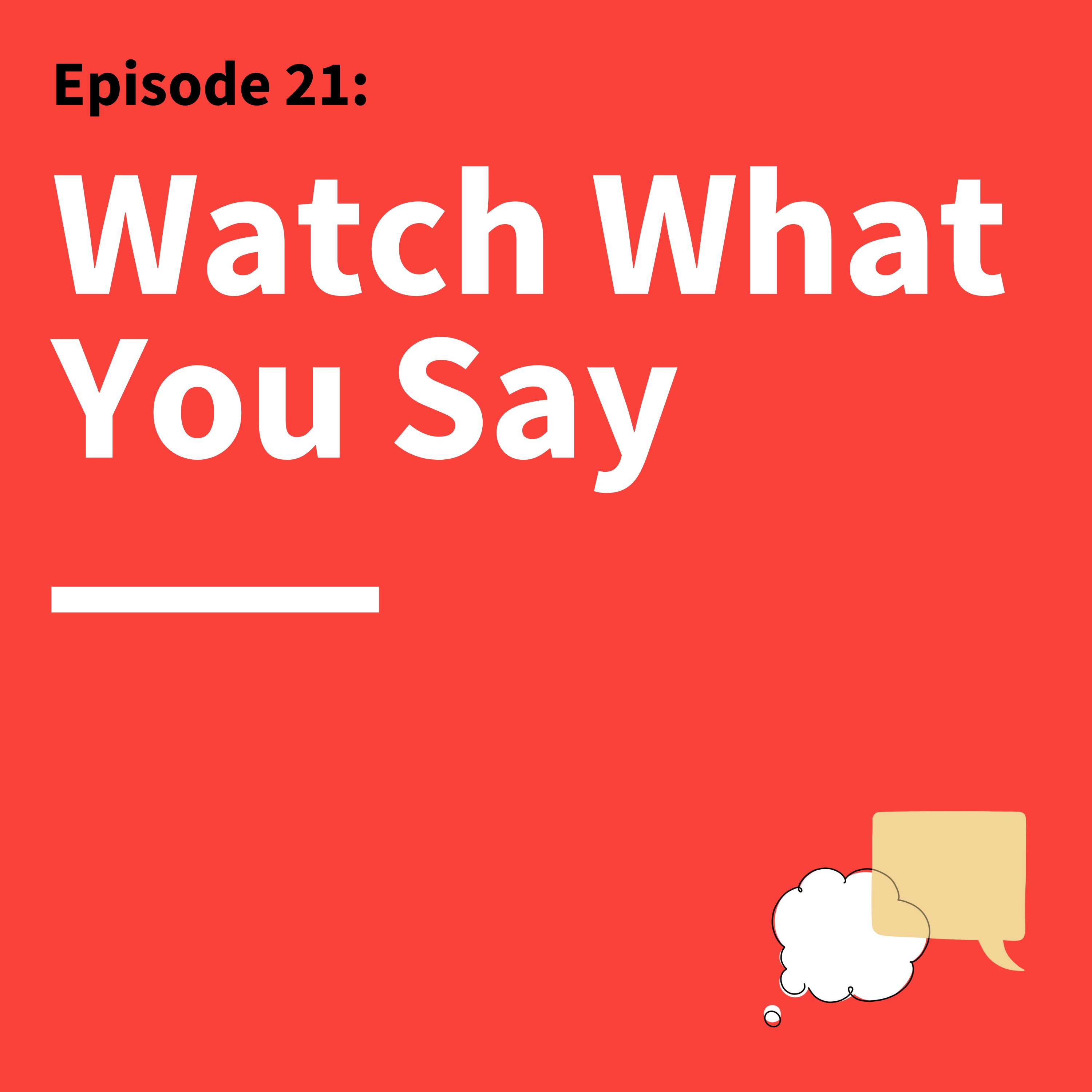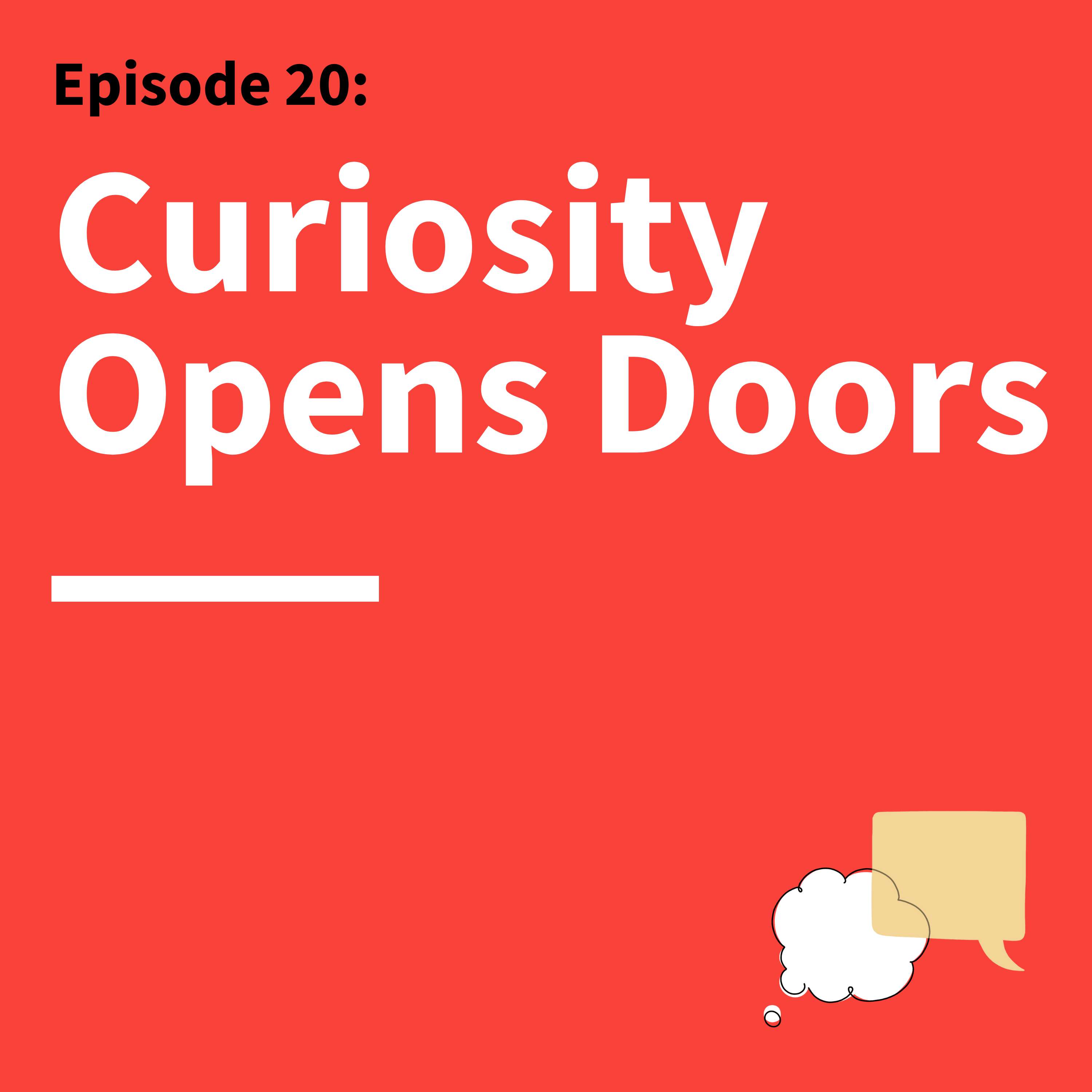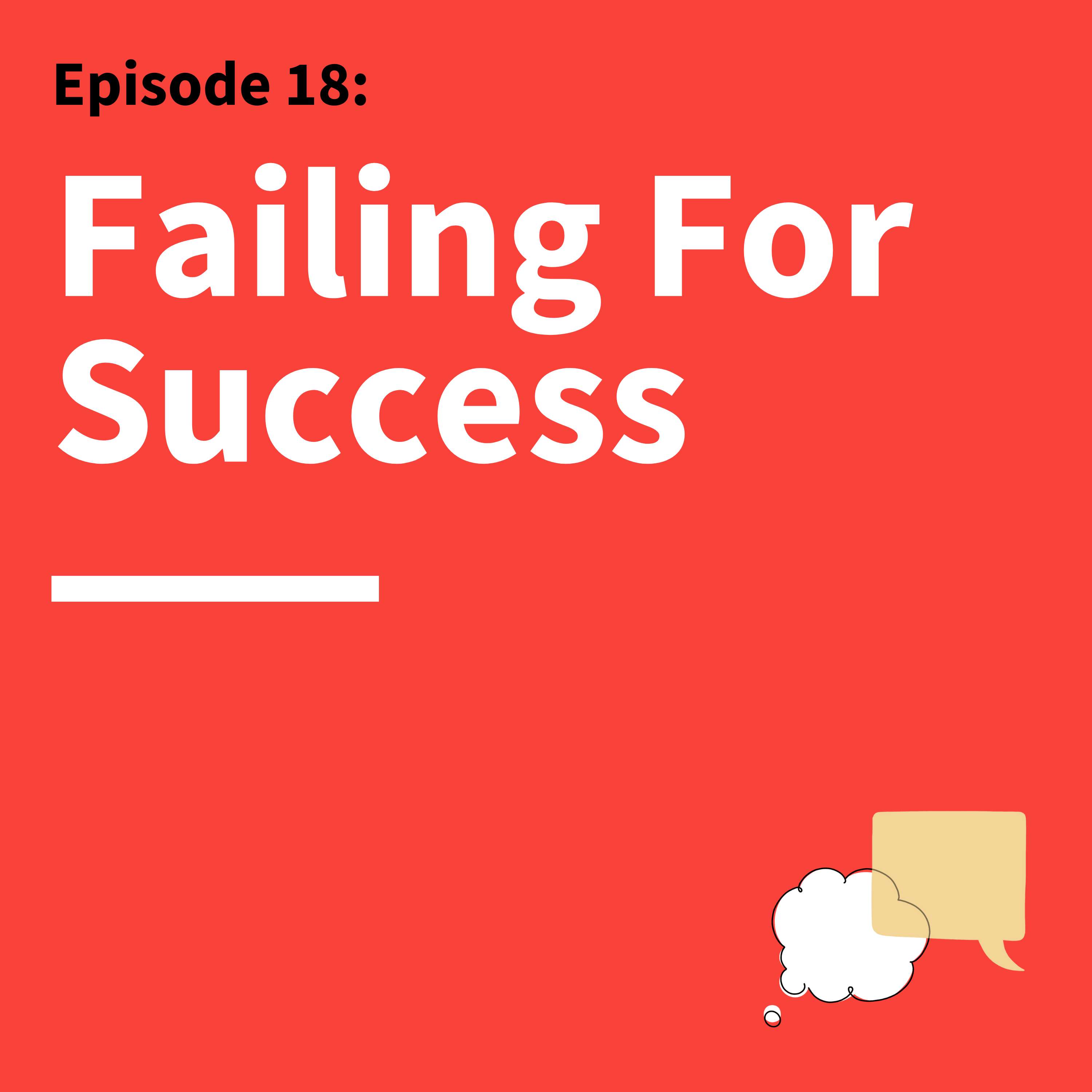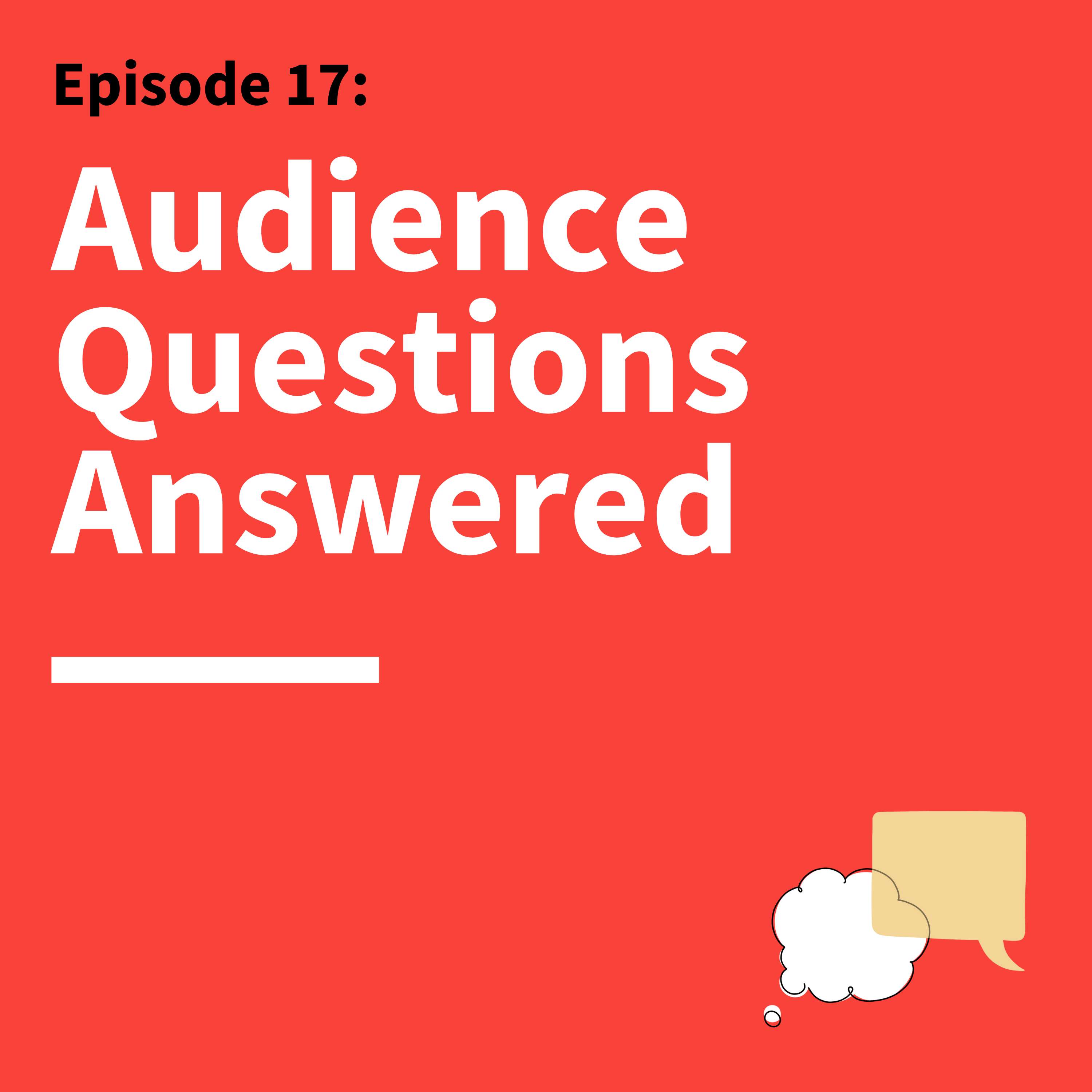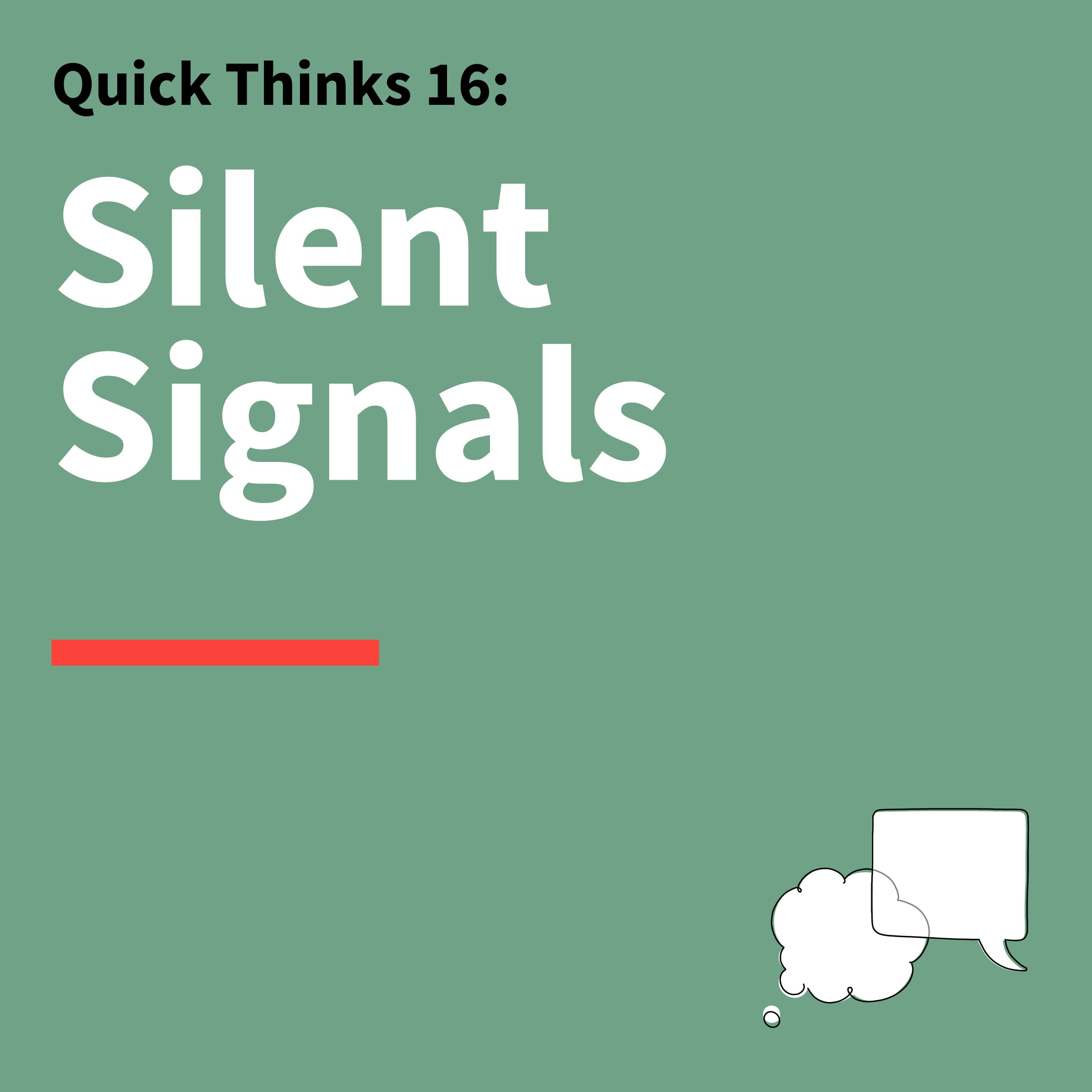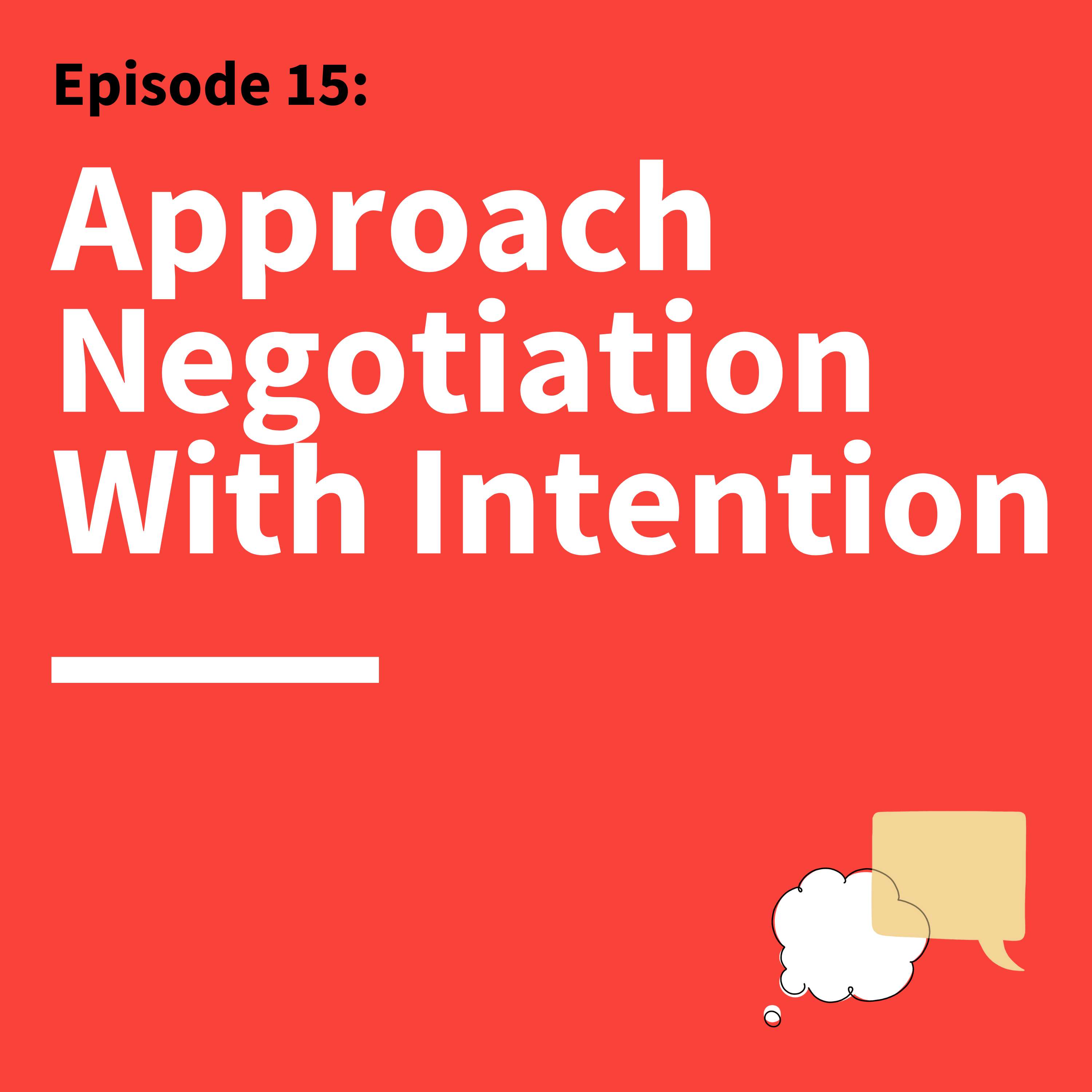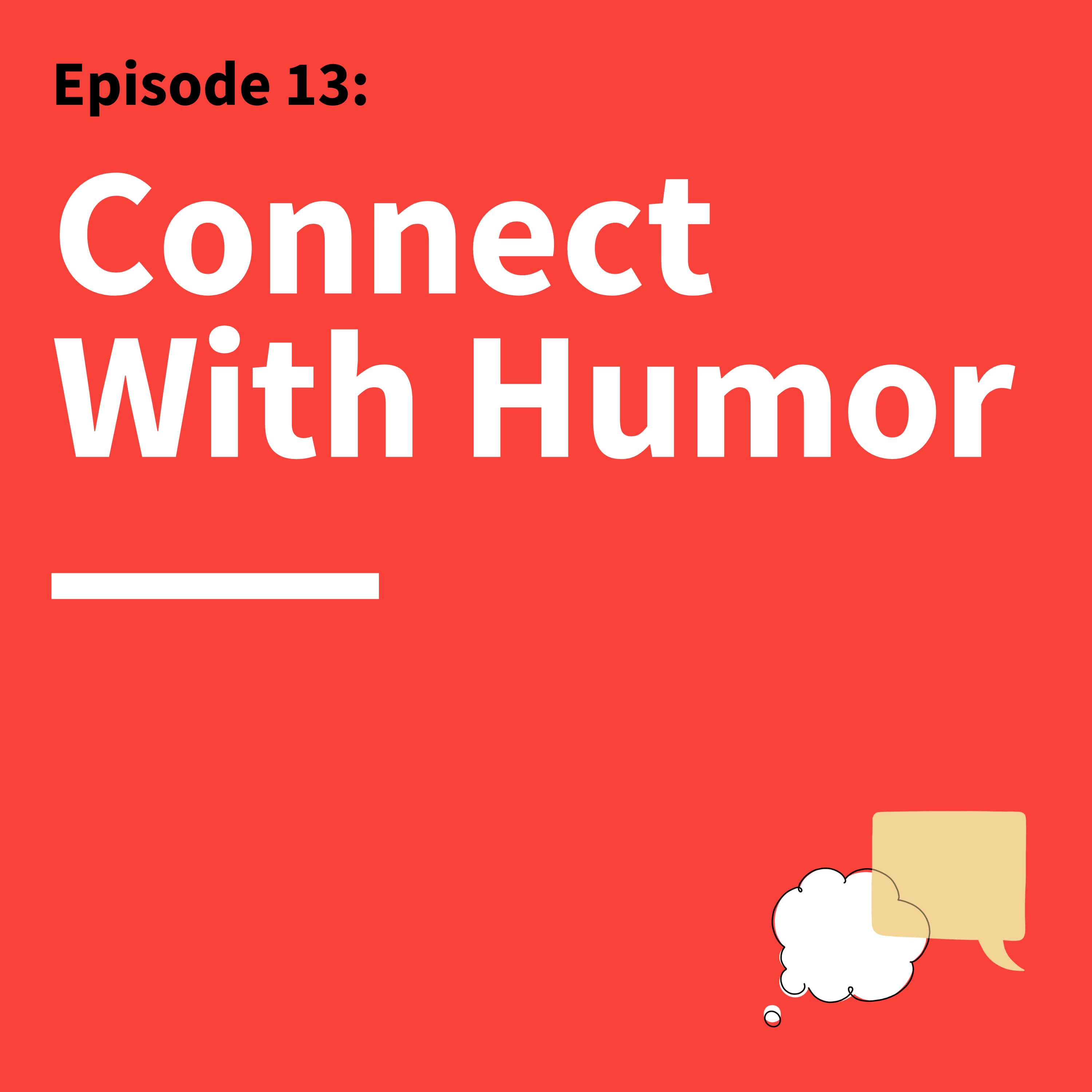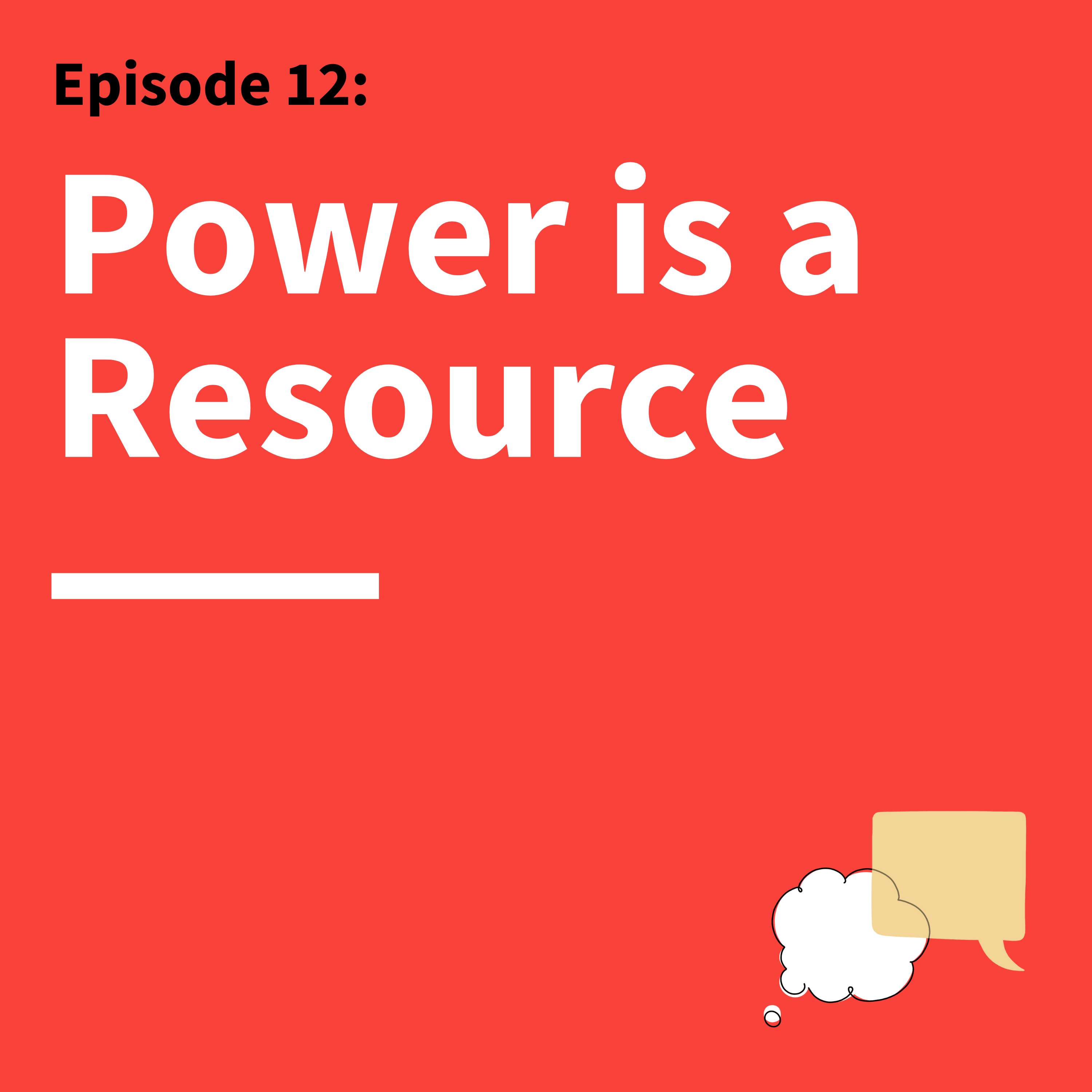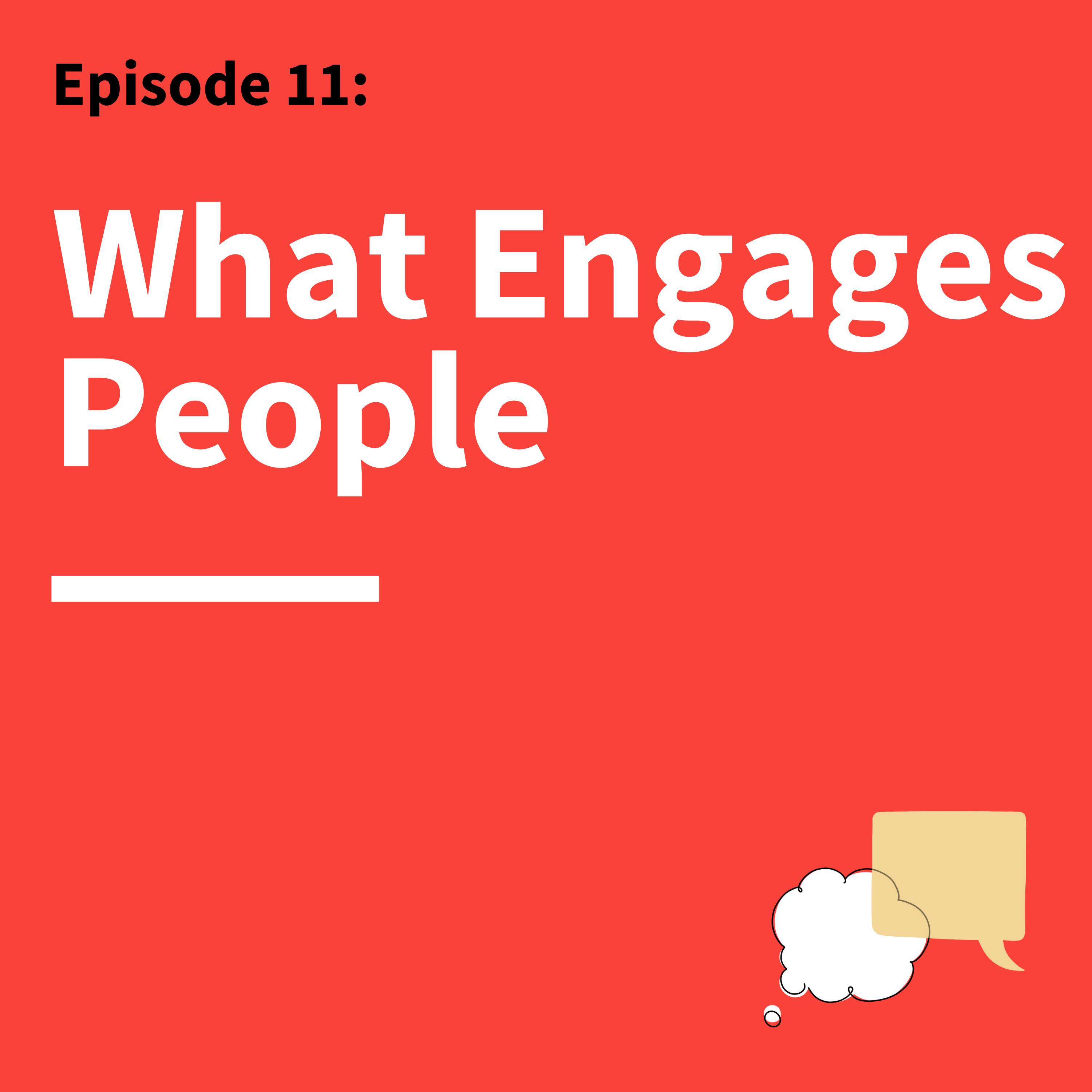Episodes
34. How We Gain — Or Give Away — Authority While Speaking
The body language and word choices that can help you “power up” or “power down” in your communication.
33. Hacking your Speaking Anxiety: How Lessons from Neuroscience Can …
Actions you can take to reduce speaking anxiety and achieve your communication goals.
32. Speech That Empowers: How to Encourage Growth and Resilience in a…
Best practices when inspiring young people to seize responsibility.
31. Quick Thinks: How to Shine Online and Excel at Virtual Communicat…
Top insights and advice from previous episodes
30. Dissolve Disagreements: How Communication Impacts Conflict
How forms of “psychological distancing” can be used to build trust and encourage tolerance.
29. Question Everything: Why Curiosity Is Communication’s Secret Weap…
How asking strong questions helps you build trust and connect with your audience.
28. Building Strong Relationships: How to Effectively Communicate in …
Sharing our feelings can lead to more success as a leader.
27. Psychology Trumps Technology: How to Be a Better Communicator on …
The psychology behind our communication via social media.
26. Writing to Win: How to Quickly Capture Readers and Keep Them Enga…
Make it simple and succinct, and make it a story.
25. Quick Thinks: All Effective Communication Must Start With This
It’s less about what you want to say, and more about what your audience needs to hear.
24. Feelings First: How Emotion Shapes Our Communication, Decisions, …
Recognizing your audience’s emotional needs can help you achieve your communication goals.
23. Look Within: How to Lead with Self Awareness and Vulnerability
How good leaders can self reflect and better communicate to advance social justice.
22. Under Pressure: How to Communicate Clearly and Timely During a Cr…
How leaders can communicate effectively when their organization, brand, or reputation is under attack.
21. Words Matter: How to Make Your Communication Inclusive
Subtle word choice can invite inclusion, or can reinforce harmful stereotypes.
20. Question Your Questions: How to Spark Creativity in Your Communic…
Curiosity and storytelling can lead to more innovative communication.
19. Showing Your Smile From Behind a Mask: How Culture and Emotion Im…
How cultural values play an important role in communication.
18. Managing in the Moment: How to Get Comfortable with Being Uncomfo…
Embracing failure and incorporating play into work.
17. Think Fast: You Asked, We Answered
Audience questions that range from how to handle interrupters to how to craft an authentic, clear email.
16. Quick Thinks: How to Craft Your Body Language When Confronting Ob…
Advice on how to position yourself when met with skepticism from your audience.
15. The Art of Negotiation: How to Get More of What You Want
Common mistakes made during high stakes communication.
14. Be Better At Work: How to Communicate Better With Coworkers and E…
Where leaders should and shouldn’t focus their attention.
13. Make ’Em Laugh: How to Use Humor as a Secret Weapon in Your Commu…
Use humour to build bonds in business and in life.
12. It's Not What You Say, It’s How You Say It: How To Communicate Po…
Harness power and demonstrate it through both your verbal and non verbal communication.
11. The Science of Influence: How to Persuade Others And Hold Their A…
Communication that can help open people up to your ideas.
